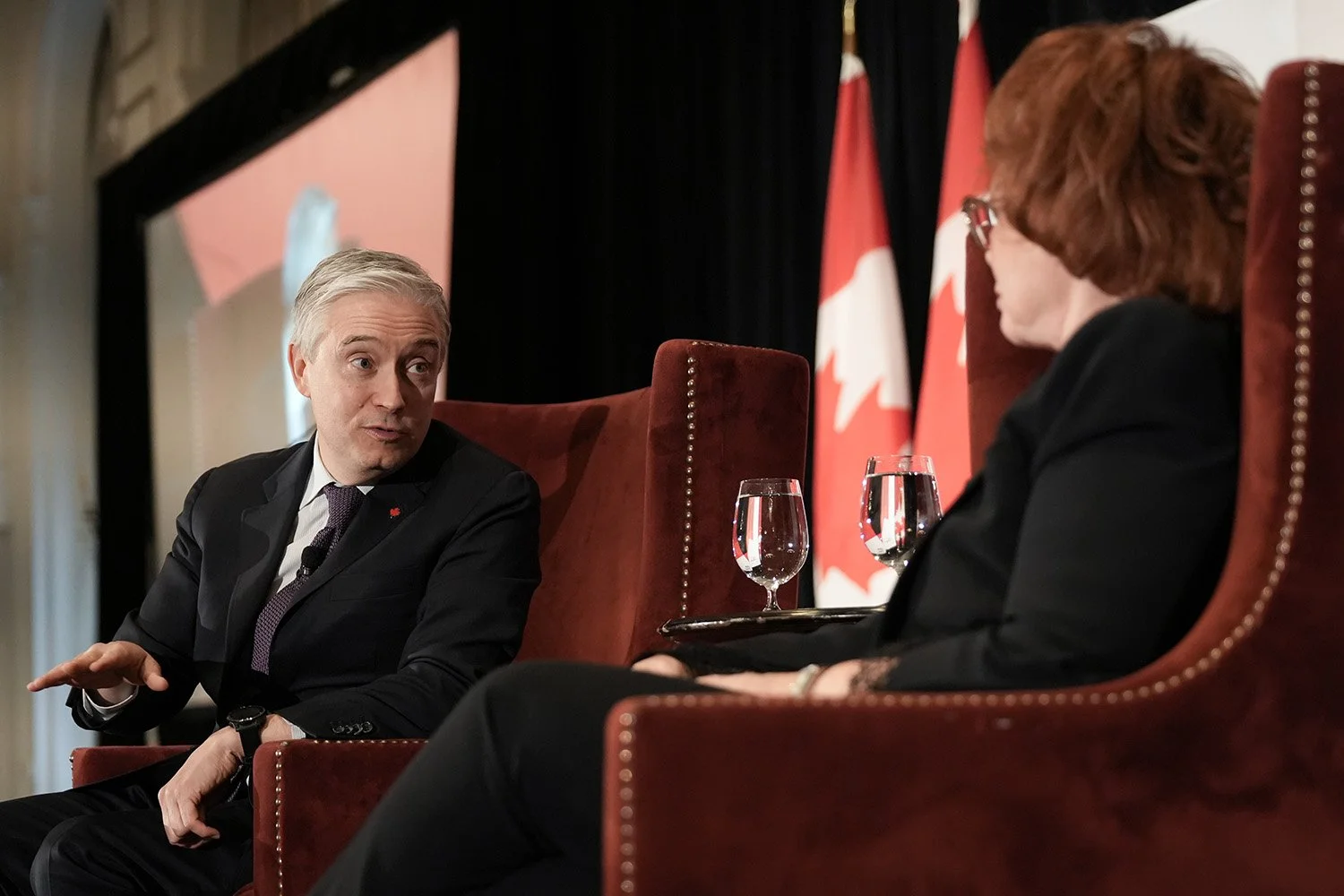The perils of thinking big and acting bigger
Prime Minister Mark Carney. / TWITTER PHOTO
The election delivered to the Liberals a new and miraculous lease on life. In the person of Prime Minister Mark Carney they seemed to find a leader made for the chaotic global challenge posed primarily by President Donald Trump.
Since winning his own mandate outright, the Prime Minister has seemed dedicated to showing that his government will be the antithesis of that of former Prime Minister Justin Trudeau. Terms such as “business-like,” “professional,” and “decisive” are frequently tossed around to describe a Prime Minister who seems to want to govern like a CEO.
From a Prime Minister who seemed incapable of communicating a coherent economic message that showed an understanding of Canadians’ daily struggles to make ends meet, we now have a Prime Minister who seems intent on focusing on nothing but the economy.
From a Prime Minister whose ministerial mandate letters seemed book-length, we now have a Prime Minister who delivered one identical mandate letter for all of his ministers. The days, we are told, of months-long bottlenecks while the Trudeau PMO dithered on decisions are over.
Notwithstanding this surface appearance of change, however, there is an underlying, and perhaps worrying, thread of continuity connecting the two prime ministers: a desire to lead transformational change. For Trudeau, it was the promise of achieving the shift to clean energy from fossil fuels while prioritizing income redistribution and addressing social and cultural inequality. Over time, this became out of sync with Canadians’ concerns about pocketbook issues like paying for their mortgages, filling up their cars, and putting food on the table.
Fleeting consensus
This same desire for big change is unmistakable in Prime Minister Carney’s Throne Speech: “Fundamental change is always unsettling. Yet this moment is also an incredible opportunity. An opportunity for renewal. An opportunity to think big and to act bigger. An opportunity for Canada to embark on the largest transformation of its economy since the Second World War.” This is a large political cheque for a Prime Minister to write unless he is certain of his ability to cash it.
The upswell of Canadian patriotism sparked by President Trump propelled Carney into office. It forged what seems to be a rare sense of federal, provincial, and territorial common purpose dedicated to sharing the burdens and sacrifices required to make Canada resilient against such a threat in the future. Such consensus is the exception rather than the rule in Canadian politics, so its durability is likely fleeting.
First Ministers may be saying all the right things about reducing barriers to international trade. Prime Minister Carney may easily eliminate federal barriers to internal trade. However, the barriers between provinces and territories have not been erected over the decades by accident. Within each province and territory, they reflect entrenched interests with political pull and influence. These will not be overcome easily or swiftly.
The flow of Canadian trade from north to south rather than east to west is not an accident. The only successful Canadian industrial strategy of any kind has been our geographic luck in living next to the strongest economy in history. It is all well and good for Carney to talk about reducing our reliance on trade with the United States. But trade diversification is a nice-to-have; access to the U.S. market is a must-have.
The success or failure of Carney’s government will be determined largely not by how many new markets Canada gets access to but by how good a deal he can get from the quicksilver Trump, as well as the jobs, businesses, and investment that this deal protects.
No accident
The current housing crisis is also no accident. It is the result of decades of steady accumulation of restrictive zoning regulations, development charges, and taxes. Carney’s answer is to “get the federal government back into the business of home building” through the creation of Build Homes Canada.
But home building in Canada has and will continue to be driven by private sector investment. Progress has been made in recent years to trim the thicket of regulations and taxes that have held project developers back. And there remains much more to be done. However, creating a wholly new federal home builder may create more confusion and uncertainty in the housing market than it resolves.
The point in all this is just to caution the Liberals that their recent near-death political experience came about because Justin Trudeau made them the party of transformation above all else.
With his lofty call for sacrifice in the interest of transformational change, Prime Minister Carney risks piloting the Liberals into that same dead end.
His invocation of the need “to think big and to act bigger” is bracing rhetoric. But it is no substitute for focused action to maintain and strengthen rather than disrupt and reinvent the market-driven industrial, technological, and trade frameworks that have — to borrow from the Throne Speech — made Canada the true north strong and free.






